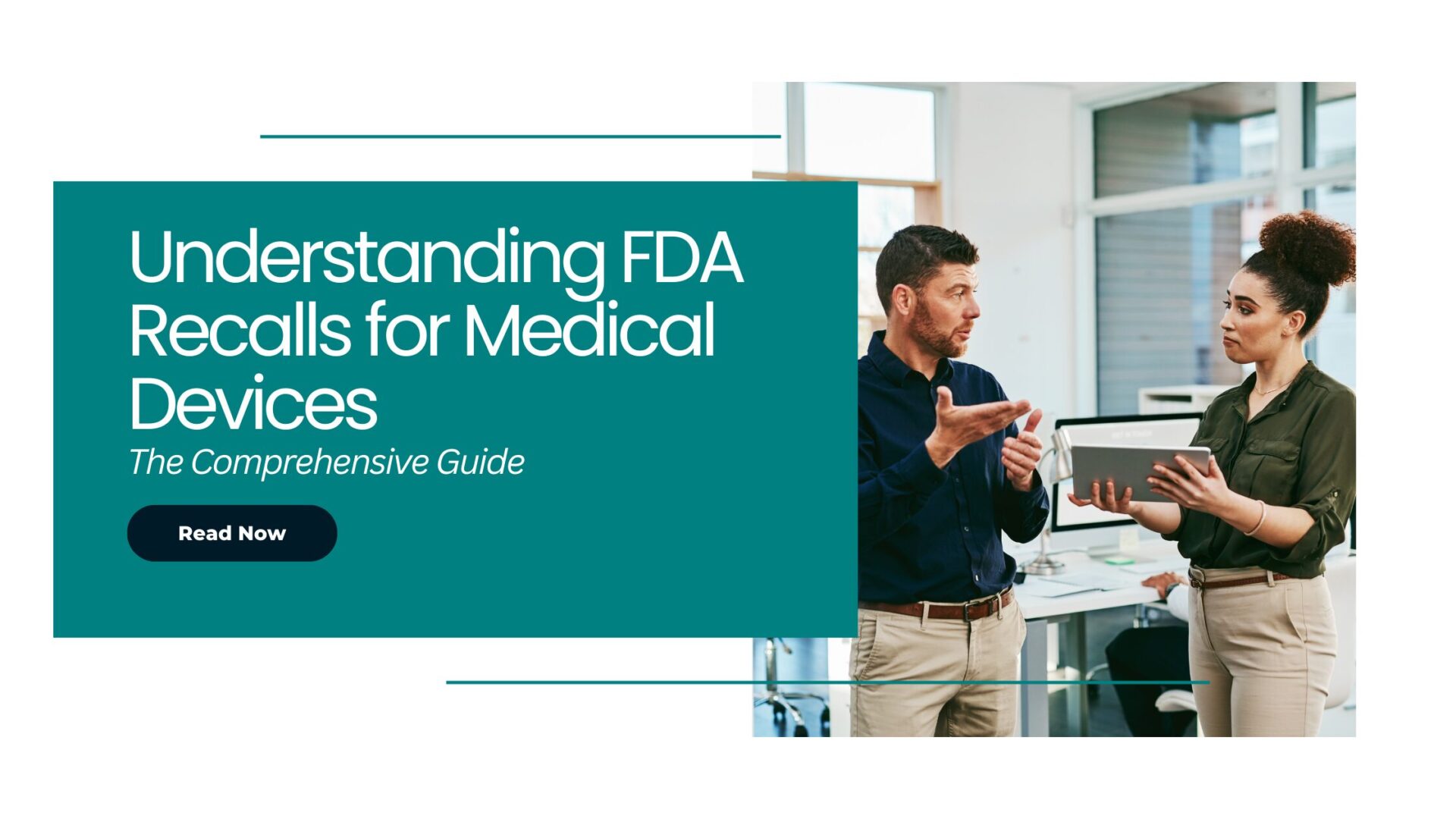Manufacturers must obtain CE marking for the products they want to sell in the European Union (EU). When a product is CE marked, it means that the product is assessed by the manufacturer and found to comply with EU safety, health, and environmental protection laws. This is a legal requirement for the products that are marketed in the EU.
When is the CE mark required?
It is only permitted to apply CE marking to products that meet EU product requirements. At the same time, certain products are subject to multiple EU requirements. Before applying the CE marking to your product, you must ensure that it complies with all applicable requirements. CE marking is prohibited on products for which EU requirements do not exist or for which CE marking is not required.
In what way can one obtain a CE mark?
Manufacturers are solely responsible for certifying that their products meet all applicable requirements. The CE mark does not require a license, but you must comply with the following requirements before applying for it:
- Comply with all applicable EU requirements
- Assess your product on your own or with the help of an accredited third party
- Assemble a technical dossier that documents conformity
- Draft and sign an EU declaration of conformity based on technical documentation
- As soon as your product has been CE marked, you must be ready to provide any and all necessary information and supporting documentation to the competent national authority upon request
US companies face three major obstacles when it comes to CE marking:
Before applying for CE Marking, some medical device companies submit a 510(k). Here we will take an example of a moderate-risk device to review the challenges some US companies face that apply for the US FDA first.
Instances of Risk Management:
510(k) submissions with software (which FDA considers “moderately concerning”) must include documentation of risk management. Unexpected audit non-conformities related to your risk management documentation for CE Marking may occur if a product has already been cleared under 510(k). The following are the most common flaws in such a risk management file:
- Conforms to ISO 14971:2007 rather than EN ISO 14971:2019
- Risk reduction as low as reasonably practicable (ALARP) rather than risk reduction as far as possible (AFAP)
- Lowering risks by informing users and patients of any remaining risks in the IFU
- Only addressing unacceptable risks with risk controls rather than all risks–including negligible risks
Report of Clinical Evaluation (CER):
A CER is now a general requirement for all medical devices. This requirement can be met by conducting a clinical study or a literature review. Because 510(k) devices only require clinical studies 10-15% of the time, clinical studies for European Class IIb or higher class devices are usually required.
Post-marketing clinical follow-up (PMCF) of PMS:
PMCF is only required by the FDA for the highest-risk devices. However, for CE marking, all product families require proof of PMCF studies or justification of why PMCF is unnecessary. The biggest mistake we see is that companies are saying that the device is similar to any other device on the market, so there is no need to run a PMCF.

CE Marking problems & how to handle these Issues
When it comes to CE marking it is important that not only the first time but on ongoing basis compliance is considered as critical in every decision made. Some commonly known problems are:
- There are many different CE markings used in Europe to allow products to enter the EU as well as move freely around the market without further restrictions. Customs can hold products at the border if the marking or process used is not correct, and it can be costly for the manufacturer to resolve the issue.
- For product safety, there is also a “safeguard procedure” that can prevent equipment that the authorities deem unsafe from entering the market and also trigger subsequent actions – all of which could be costly for the manufacturer and the supply chain as a whole.
It’s important to hire personnel who are familiar with the requirements for CE marking, so that the job is done correctly the first time. You not only have to think about the cumulative effect of products being held at customs, but also the company’s reputation.
#elexes #healthcare #cemarking #iso13485 #euregulations #cer #alarp #fda




















